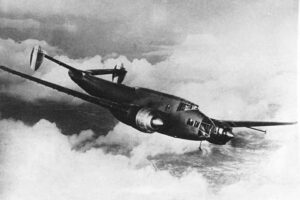
Lioré et Olivier LeO 45
The Lioré et Olivier LeO 45 was a French medium bomber designed for the new Armée de l’air and used during and after the Second World War.
Aircraft by Type > Airplanes > Bombers
Bomber aircraft have played significant roles in historical conflicts, serving as powerful assets for military forces to project force, disrupt enemy operations, and achieve strategic objectives. They continue to be an essential component of modern air forces and contribute to deterrence, power projection, and national security. So, let’s learn more about this type of aircraft.
A bomber aircraft is a type of military aircraft specifically designed for delivering ordnance, such as bombs or missiles, to target enemy installations, troops, or infrastructure. Bombers play a crucial role in strategic and tactical warfare by providing offensive capabilities to military forces.
Key characteristics of bomber aircraft include the following:
With their awe-inspiring capabilities and strategic importance, bombers have played a pivotal role in shaping the outcome of conflicts throughout history. Explore the full database of bomber aircraft below.

The Lioré et Olivier LeO 45 was a French medium bomber designed for the new Armée de l’air and used during and after the Second World War.

The Republic P-43 Lancer was a single-engine monoplane fighter aircraft first flown in 1940 and made entirely of metal.
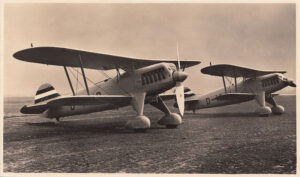
The Heinkel He 51 was a German single-seat biplane fighter aircraft with both seaplane and grund=attack versions. It was used during WW2.

The Henschel Hs 123 was a single-seat biplane dive bomber and close-support aircraft flown by the Luftwaffe during the Spanish Civil War WW2.
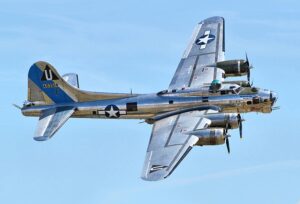
The Boeing B-17 Flying Fortress is an American four-engined heavy bomber developed for the United States Army Air Corps (USAAC) in the 1930s.

The Focke-Wulf Fw 200 Condor was a German four-engined monoplane used for reconnaissance and as an anti-shipping/maritime patrol bomber.
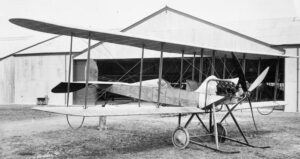
The Royal Aircraft Factory B.E.2 was a British single-engine, two-seat biplane designed by the Royal Aircraft Factory and used during WW1.
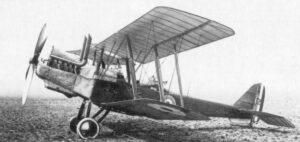
The Royal Aircraft Factory R.E.8 was a British two-seat bomber and reconnaissance biplane designed by the Royal Aircraft Factory.

The Lockheed P-38 Lightning was an American twin-piston-engined fighter aircraft developed by the Lockheed Corporation and used during WW2.

The Republic F-105 Thunderchief is an American supersonic fighter-bomber capable of Mach 2 but with high loss rates.
A few frequently asked questions (and answers) about airliner aircraft.
Bomber aircraft are specifically designed for delivering ordnance to enemy targets, distinguishing them from other military planes. They possess a larger payload capacity, longer range capabilities, and often incorporate specialized features such as bomb bays or external hardpoints for carrying and releasing munitions.
Bomber aircraft are versatile in their target engagement capabilities. They can be deployed to strike a wide range of targets, including enemy military installations, infrastructure, troop concentrations, and strategic assets. Their missions may involve precision strikes, area bombardment, or interdiction operations to disrupt enemy operations.
Absolutely. Despite advancements in missile technology and unmanned systems, bombers remain highly relevant in modern warfare. They provide long-range strike capabilities, aerial presence, and the ability to carry out both conventional and strategic missions. Bombers offer flexibility in adapting to evolving threats and can project power to deter adversaries, support ground operations, or carry out precision strikes with a high degree of accuracy.